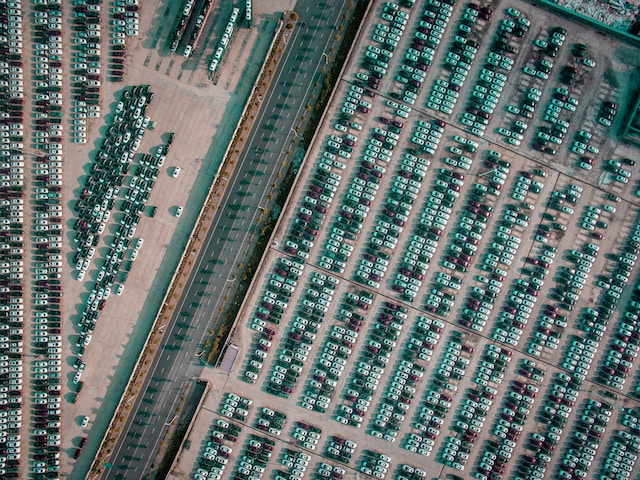Urban mobility is a serious problem in Australia where the likes of Sydney, Melbourne and Brisbane are getting more congested by the day. With urban sprawl and population growth, traffic management has never been more important. Traditional traffic forecasting methods are useful but lacking in adopting the rapid changing urban environment. That’s where machine learning comes into the picture, with some of the more sophisticated tools being able to transform traffic forecasting and urban mobility in the country.
What Is Machine Learning in Traffic Forecasting?
Machine learning is a field of artificial intelligence which allows systems to learn automatically through data rather than being programmed to do so for each and every situation. Machine learning algorithms used in traffic forecasting can manage volumes of data coming from numerous different sources like sensors on the roads, GPS trackers and cameras. These systems can learn to recognize patterns, predict traffic conditions and even suggest the most optimal route, in real-time. In Australia with cities that have unique traffic patterns influenced by local activities, weather and adjustments to infrastructure, machine learning is the flexible and cost-effective approach to predicting and managing congestion.
Machine learning-based traffic forecasting also facilitates dynamic modeling where predictions are updated as new data is added. This helps in urban environments where traffic is likely to change suddenly due to accidents, roadwork or the onset of abrupt weather conditions. Traditional models cannot account for on-the-fly fluctuations, resulting in less accurate projections. Machine learning models can be adapted rapidly, providing more accurate traffic information and reducing delays to commuters across the country in Australia.
Traffic AI Solutions for Real Time Monitoring
One of the big developments over the past couple of years is the integration of traffic AI video solutions into traffic management systems. These solutions incorporate cameras with artificial intelligence to monitor traffic flow, locate incidents and gather data in real time. In Australia, some cities are installing these systems at highways and major intersections. The cameras are able to view traffic jams forming, identify traffic law infraction and even determine the type of vehicle that is on the road, trucks, buses or motorbikes. All this information is fed into machine learning models to make traffic conditions forecast more effectively. This not only improves real time traffic control but also long term urban planning by providing rich, continuous streams of data for city governments to study.
Machine learning models running on video streams yet again add a layer of perception, to predict traffic on the basis of visual cues that traditional sensors fail to pick up. For example video-based solutions can quantify pedestrian movement at intersections or the impact of local happenings like sports events on traffic patterns. It enables improved prediction and ultimately smoother, safer traffic flow in Australian cities.

The Public’s Role in Transit and Carpooling
Public transport across Australia, particularly in metropolitan areas, will be greatly impacted by traffic prediction based on machine learning. Buses, trams and trains are often delayed due to unpredictable road conditions. Public transport operators can plan services more efficiently, optimize routes and inform passengers of potential delays through the utilization of machine learning for traffic congestion prediction. This pro-emotive stance makes public transport more efficient, which gets more Australians to move around by buses and trains rather than personal automobiles and reduces the overall traffic volume.
And as more shared mobility services like ride-sharing and bike-sharing programs enter the picture, traffic management for cities gets increasingly complex. Machine learning algorithms are able to supply data from such schemes and make predictions on how changes in usage of shared mobility will influence traffic. For example, during periods of peak tourist activities or large events, increased ride-share demand is capable of strongly impacting traffic. Being able to predict with high accuracy allows authorities and providers to prepare in advance and realign accordingly so that city mobility is seamless regardless of high-demanding times.

Supporting Sustainable Urban Development
Australia prioritizes sustainable urban development, working on developing cities that are not only liveable but also environmental-friendly. Accurate traffic forecasting with machine learning is key to making it all possible. By alleviating congestion, cities are able to lower vehicle emissions, cleaner air and a cleaner environment. And fuel savings from better traffic management, so Australians get to save money and reduce their carbon footprint.
Machine learning helps with infrastructure planning too. For example before building a new road or expanding an old one, planners can use predictive models to watch how traffic will behave.
